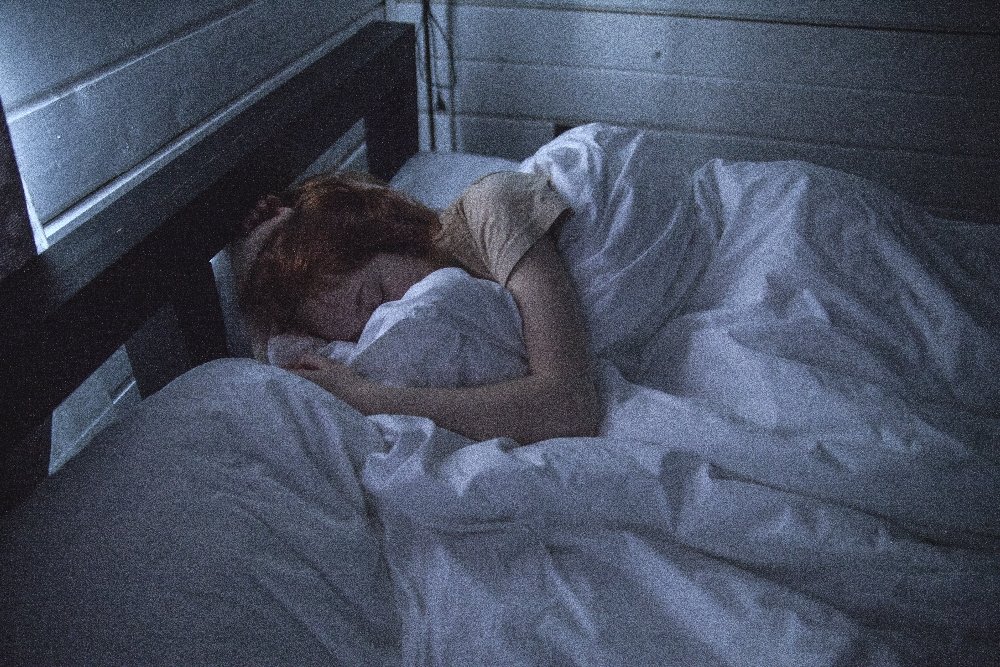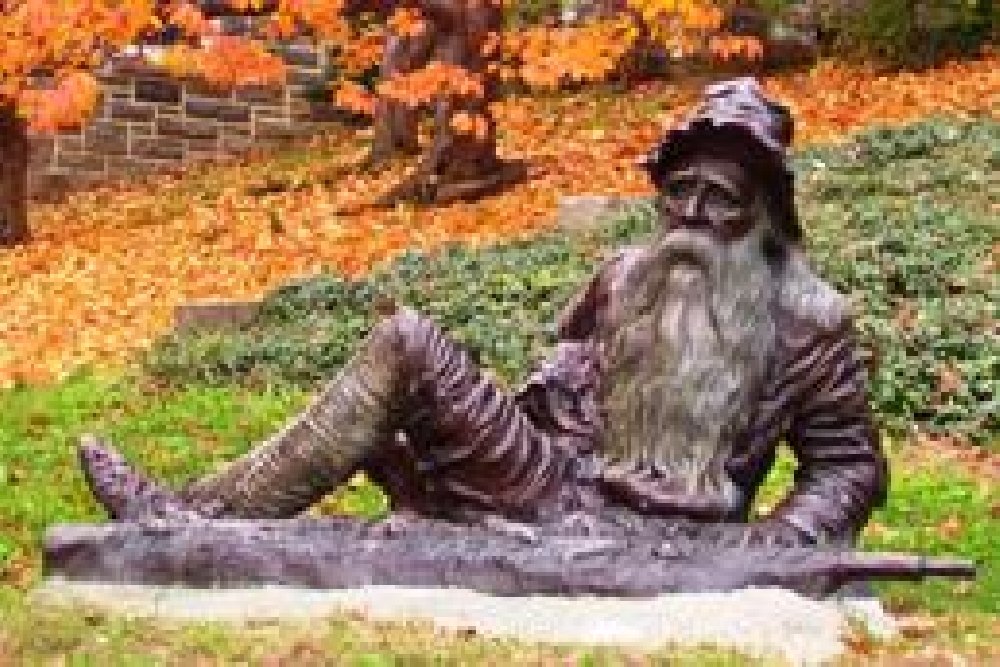Sleep is an everyday physiological process of life in human beings and to certain animals and birds. An average human being sleeps 8 hours a day, and a 90 year old person would have spent 30 years in sleeping. I remember the story of Rip Van Winkle who drank certain liquor with dwarfs and slept for twenty years. When Van returns to town, he finds that everything was changed: his wife was dead, his children were grown, and George Washington’s portrait hung in the place of King George III’s. That was only a fantasy of a writer. Sleep has been mentioned in genesis on many occasions, and prophets got God’s wishes through their dreams.
Sleep is a naturally recurring state of mind and body , characterised by altered consciousness, relatively inhibited sensory activity, reduced muscle activity, and reduced reaction to surroundings. Infants and young children sleep much longer time than adults, while those over 70years sleep under 7 hours a day. Therefore there is no room to blame a teenager, when we find them sleeping longer than 10 hours which is required as per their physiological needs.
There are two types of sleep, rapid eye movement sleep (REM ) and non rapid eye movement sleep (NREM).In REM sleep, all voluntary activity of skeletal muscles are inhibited. It is superficial in REM sleep and is deep in NREM sleep. There are four stages of sleep, the stage 1 is NREM sleep lasting for 1-5 minutes, stage 2 NREM sleep for 10-60 minutes, stage 3 the deepest sleep, NREM sleep for 20-40 minutes and stage 4 REM sleep which lasts for 10-60 minutes.
Brain waves during sleep are recorded by electro encephalogram. Changes in the blood flow in hippocampus region of brain is noticed in sleep. It has been established that the laundry work of brain is carried out in sleep. Functioning of mitochondria needs sleep, and its dysfunction can cause attrition of telomere. This in turn results in dementia and reduction in longevity.
Sleep brings about energy restoration, boosting of immune system, metabolic regulation, thermo regulation, detoxification and synaptic optimization. In the rapid eye movement phase of sleep, one can have dreams which can be remembered after waking up. Most of us have read a lot about dreams in the old testaments. Dreams are said to store important memories and learning process. Dreams help to delete unimportant memories and sort out complicated thoughts and feelings.
Human beings suffer mainly from two types of sleep disorders, they are insomnia and hypersomnia. Insomnia means lack of sleep and hypersomnia means increased sleep. There are other rare disorders like narcolepsy, sleep apnoea and somnambulism. Narcolepsy means tendency to fall asleep in a relaxing surroundings. In somnambulism, the sufferer gets up and walks during the sleep without his/her awareness. In detective novels we read that perpetrators of crime committed during the period of sleep walking cannot be convicted. Sleep apnoea is characterised by the the sudden cessation of breathing while sleeping. This causes obstructive sleep apnoea (OSA), and the brief cessation of brain blood flow causes, patient to lose consciousness. If the person is driving, it can cause serious accident. .
A lot of people take a ‘nap; to refresh them from tiredness. Napping or dozing is a short sleep ranging from 2 5 minutes to 30 minutes taken during the day time. Nap can have both NREM and REM stages of sleep, depending on the period. Waking up after longer period of nap, say 2 hours, can cause groggy feeling. The brain area that regulates the state of wakefulness of the cerebral cortex is the reticular formation system in the brain stem. Researchers found that frequent naps were linked with an increased risk of cognitive decline a year later and a higher risk of dementia.
Once everyday life is analysed, a stress free life and consistent moderate exercise help to sleep. Light, noise, smell, body pain and uncomfortable bed are known to hamper the process of sleeping. After lying down in an optimum setting, usually it takes 15 minutes or so to get into sleep. Once someone is in deep NREM sleep, it will be difficult to wake the person even with 90 decibel sound. As a junior doctor, I was a deep sleeper, so much so not able to get up up to attend emergency calls.
Insomnia or lack of sleep is one of the healthcare issues most people might have suffered in their life time. The day after a sleepless night will be with full of distraction and miserable feeling. Temporary insomnia is due to excessive noise or change in shift work. Short term insomnia is associated with stress and emotional problems. Chronic insomnia is due to alcoholism, drug addiction and dependence on hypnotics. In depression, early morning waking up is a common feature. In view of the above problems, prior to prescribing hypnotics, a doctor should thoroughly investigate the causes of insomnia.
In pharmacology, the group of drugs which help someone to sleep is called hypnotics. In 1970s, the common hypnotic was phenobarbitone. Persistent use of phenobarbitone causes addiction and bizarre headache like symptoms. For suicide, patients save phenobarbitone doses and consume all in one go. Currently, Temazepam, flurazepam, and triazolam in descending order are the three most commonly prescribed hypnotics and accounted for 79 per cent of the prescriptions for lack of sleep.
Sleep is indispensable to human life. In a rare disorder, Fatal Familial Insomnia (FFI),an autosomal dominant genetic disease that is invariably fatal after about 30 months without sleep. FFI is probably misnamed because death results from multiple organ failure. Lack of sleep leads to more body fat not just because more time spent not sleeping means more time to eat, but because of reduced thyroxine ,leptin (inhibits hunger) and growth hormone.
Circadian rhythm is defined as the ‘24-hour body clock’ in most living animals. Circadian rhythm is influenced mainly by outside effects like light and darkness. That is the reason, one gets adjusted to jet lag after passing through different time zones. This process is facilitated by the hormone melatonin, produced by pineal gland in every mammal. Melatonin is currently prescribed for short term insomnia.
Study of sleep is carried out by Polysomnography which involves in electroencephalogram technique. Different types of brain waves help to diagnose sleep disorders. Various researches are currently being done to conquer the intricate mechanisms of sleep and dreaming. One gets the pleasure of sleep only at the moment one slips into sleep. I am sure in another decade science will unfold many mysteries of sleep.


Comment Form